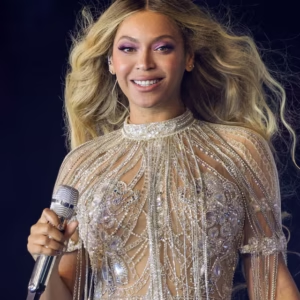Inside Out Sequel Explores Teen Anxiety in a Positive Light

In the sequel to Pixar’s hit animation “Inside Out,” teenage anxiety is portrayed not merely as a mental health issue but as a natural emotion with constructive potential, as long as it’s managed appropriately. “Inside Out 2” revisits Riley’s life in San Francisco, where she’s settled in with new friends and excelling in ice hockey. Her core emotions, Joy, Sadness, Anger, Fear, and Disgust, work well together until puberty triggers significant changes.
Puberty disrupts Riley’s mental landscape, symbolized by literal remodeling of her mental headquarters in the film. This visual representation cleverly reflects how puberty influences psychological, physical, and brain development. The sequel introduces new emotions like Anxiety, Embarrassment, and Envy to depict the heightened and less stable emotional experiences typical of adolescence.
Anxiety emerges as a pivotal emotion for Riley, driven by concerns about friendships as she prepares for high school and seeks acceptance into the Firehawks hockey team. Despite typical teenage awkwardness, Anxiety and other new emotions drive Riley toward meaningful goals.
While the film acknowledges rising anxiety rates among young people, it distinguishes between normal worries and clinical anxiety disorders. Managing emotional responses, or emotion regulation, is explored through strategies like suppression and cognitive reappraisal. The latter, where adolescents reinterpret situations to evoke different emotional responses, proves beneficial.
“Inside Out 2” underscores the importance of a balanced emotional landscape, where even Anxiety contributes positively when kept in check. It highlights the evolution of Riley’s sense of self and the integration of her diverse emotional experiences and memories. The narrative emphasizes that while anxiety can be useful, moderation is key to maintaining emotional well-being.
Re-reported from the article originally published in She the People.









